





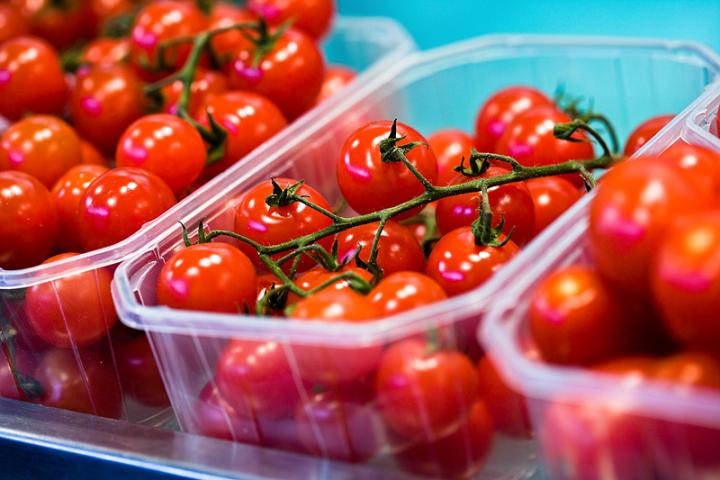
Learn how to store your vegetables, fruits, and herbs—so that they keep longer and stay fresher!
Store in a moisture–proof, air–tight container. Beans will stale and toughen over time even when stored properly.
Keep them in the refrigerator in a paper bag. The bag absorbs some of the moisture and keeps the mushrooms from spoiling.
Mature, dry–skinned bulbs like it cool and dry—so don’t store them with apples or potatoes. French–braided onions are handy and free to get some ventilation as well.
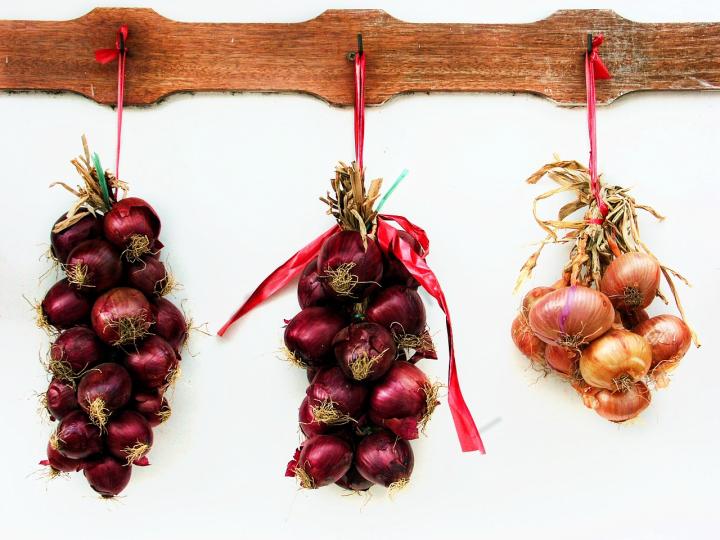
Squashes don’t like to be quite as cool as root crops do. They like a temperature of about 50°F to 65°F. If you have a cool–ish bedroom, stashing them under the bed works well! Watch this video on how to cure and store pumpkins.
Carrots, parsnips, potatoes, beets, and other root crops should be brushed clean of any clinging soil and stored in a cool, dark place. Never refrigerate potatoes—it will turn their starch to sugar. Learn more about preparing potatoes for the root cellar. Don’t store apples and potatoes together; the apples give off ethylene gas that will spoil the potatoes. Clipping the tops of parsnips, carrots, beets, and turnips will keep them fresher longer.
If you have an overabundance of beets, make homemade borscht, the classic beet soup, and freeze. To grate the beets more easily, cook them first. A little vinegar intensifies the color. Check out our tips for storing the beets that you don’t want to cook.
Store at cool room temperature out of direct sunlight. Never refrigerate fresh tomatoes. If you have an abundance of tomatoes:
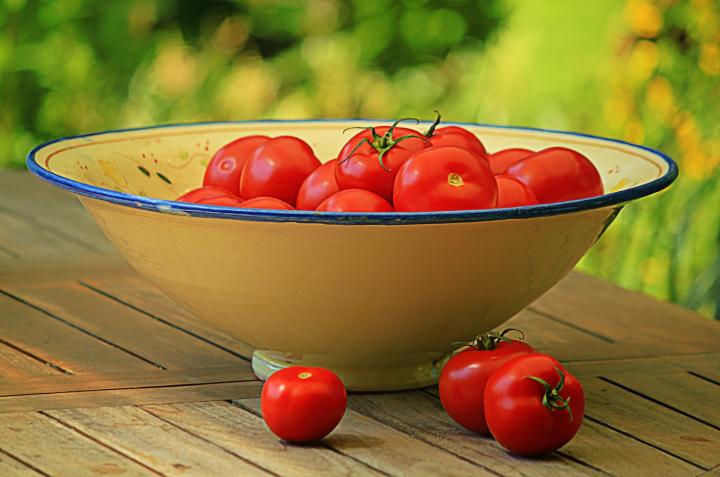
Never leave apples in a bowl on the counter if you want them to keep. Apples keep well for about 6 months at temperatures between freezing and 45°F. If you don’t have a root cellar, a double cardboard box in a cool mudroom or cellar can approximate the conditions.
You can also store apples in the fruit drawer of your fridge. It helps to have a damp paper towel nearby to increase humidity.
Remember to give apples an occasional change of air. Apple cider may be frozen after first pouring off a small amount for expansion.
Never rinse before storage. It washes off the thin, protective epidermal layer. Berries are highly perishable so they don’t store for long. If you must store them, place on a paper towel in a tightly-covered container and store in a cool, dry place (or the refrigerator) for 2 to 3 days.
If you’d like to store them for longer, learn how to make berry jam or how to freeze berries.
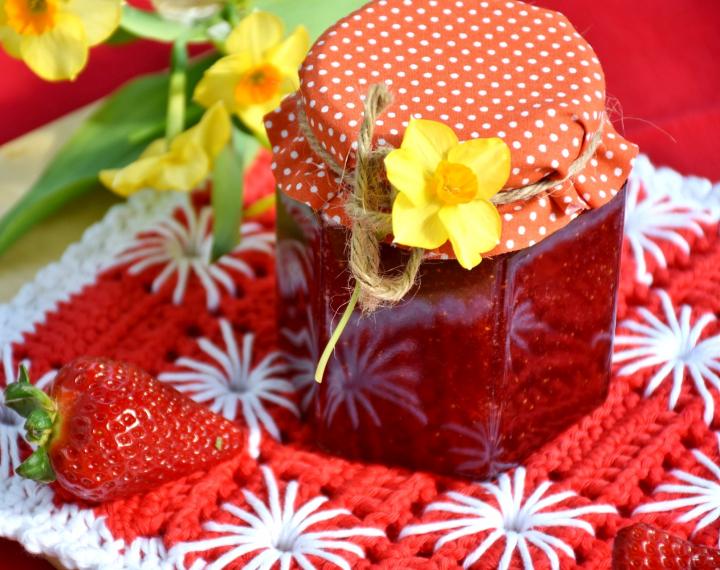
Tropical fruits do not keep well in the cold. Store bananas, avocados, and citrus fruit, as well as pineapples, melons, eggplants, cucumbers, peppers, and beans at about 50°F if possible.
Dill and parsley will keep for about two weeks with stems immersed in a glass of water tented with a plastic bag. Most other herbs (and greens) will keep for short periods unwashed and refrigerated in tightly–sealed plastic bags with just enough moisture to prevent wilting. For longer storage, use moisture– and gas–permeable paper and cellophane. Plastic cuts off oxygen to the plants and promotes spoilage.
Read this blog about preserving herbs. Or, make yourself this herb butter, which stores and freezes well. To use up your leftovers, try out our favorite recipes using herbs.
Store in a cool, dry place, not above the stove or right next to the burners where heat and steam will cause them to lose flavor dramatically.
Mature, dry–skinned bulbs like it cool and dry—so don’t store them with apples or potatoes. French–braided garlic bulbs are handy and free to get some ventilation as well. Also, try making your own garlic powder.
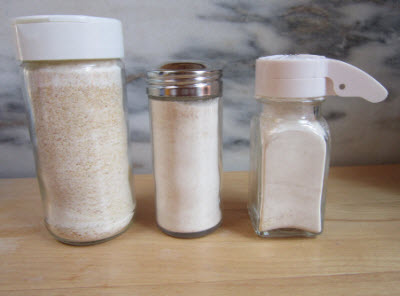
Copyright © www.100flowers.win Botanic Garden All Rights Reserved